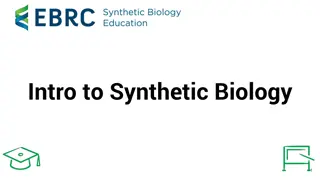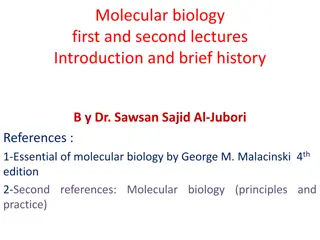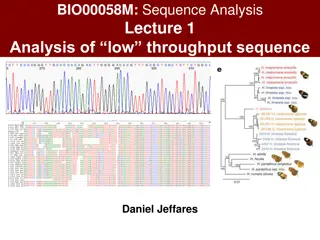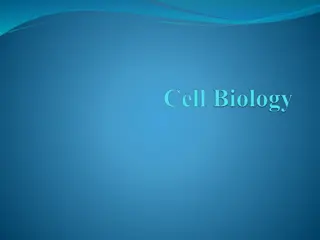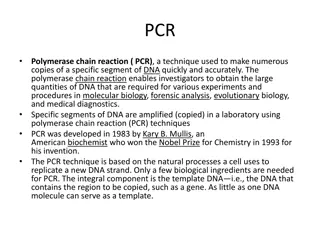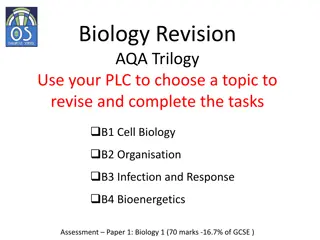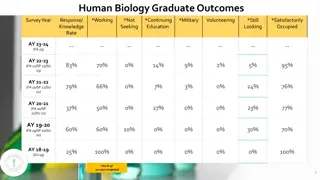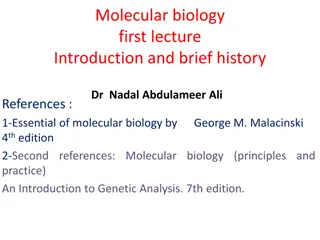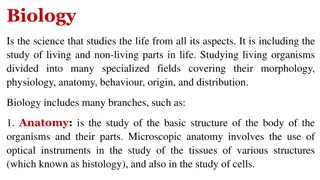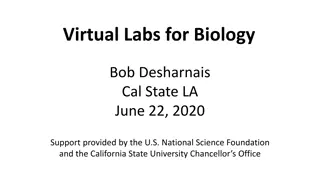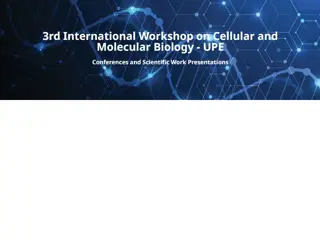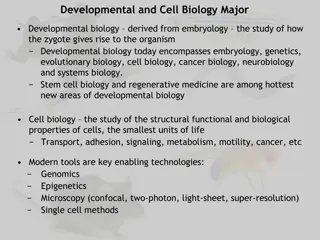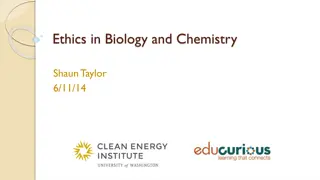Review AP Biology
Dive into day 1 of the AP Biology final review series, covering key concepts to help you prepare effectively. Explore essential topics and gain valuable insights to ace your exam. Stay tuned for in-depth discussions and valuable study tips throughout the series.
Download Presentation

Please find below an Image/Link to download the presentation.
The content on the website is provided AS IS for your information and personal use only. It may not be sold, licensed, or shared on other websites without obtaining consent from the author.If you encounter any issues during the download, it is possible that the publisher has removed the file from their server.
You are allowed to download the files provided on this website for personal or commercial use, subject to the condition that they are used lawfully. All files are the property of their respective owners.
The content on the website is provided AS IS for your information and personal use only. It may not be sold, licensed, or shared on other websites without obtaining consent from the author.
E N D
Presentation Transcript
Review AP Biology Day 1 of 7 for the AP Biology Final
Quick Write Day 1 Theme 1 Emergent Properties New properties emerge at each level in the biological hierarchy. With each step upward from atoms, new properties emerge as a result of the interactions among components at the lower levels. List the levels in the biological hierarchy starting with atom. Discuss some of the new properties that emerge as a result of these interactions.
Science as a process Steps to a successful experiment. Why is inquiry important in a scientific experiment? Make observations, ask questions, develop reasoning with evidence. Inductive Reasoning (general conclusion from a specific case) Example: The sun always rises in the east. Or All organisms are made of cells. Deductive reasoning (makes predictions for a testable hypothesis) Example: Logic flows from the general to the specific, using If then statement. If I replace the dead batteries in the flashlight , then it should work. Observation: Environmental factors influence activity of an enzyme. Question: What combination (volume) of substrate and enzyme produce the biggest balloon? Hypothesis: The more substrate will produce a larger balloon. The warmer temperature will produce a larger balloon.
Science as a process. You only have 10mL total of substrate (H2O2) and enzyme (Catalase). Choose temperature cold, room or warm. Choose Volume ratio: 1:9; 2:8, 7:3; 6:4; 5:5 Which combination produces the largest balloon? How do you go about testing this? What was your conclusion, what temperature and ratio was the best for producing the biggest balloons?
Science behind the question Catalase is an enzyme produced by living organisms by the perioxisomes in the cells. These organelles produce H2O2(Hydrogen peroxide)- toxic to the organism, but also have the ability to break it (H2O2) down into water and O2 with the use of the enzyme catalase. The enzyme is active at a specific range of temperature for that organism. If the enzyme is outside that optimal temperature range than the enzyme may denature and since it s structure dictates it s function, it would not function correctly outside it s optimal temperature range. Other environmental factors that influence the activity of an enzyme are the [enzyme] & [substrate]. In our experiment the warm temperature at 41 C, and a ratio of 1mL Catalase and 9 mL H2O2made the best balloon. However, we did have success with different concentrations of 2:8mL & 3:7mL. Another environmental factor was the kinetic energy added to the test tube to increase the likely hood of the enzyme and substrate coming into contact with each other.
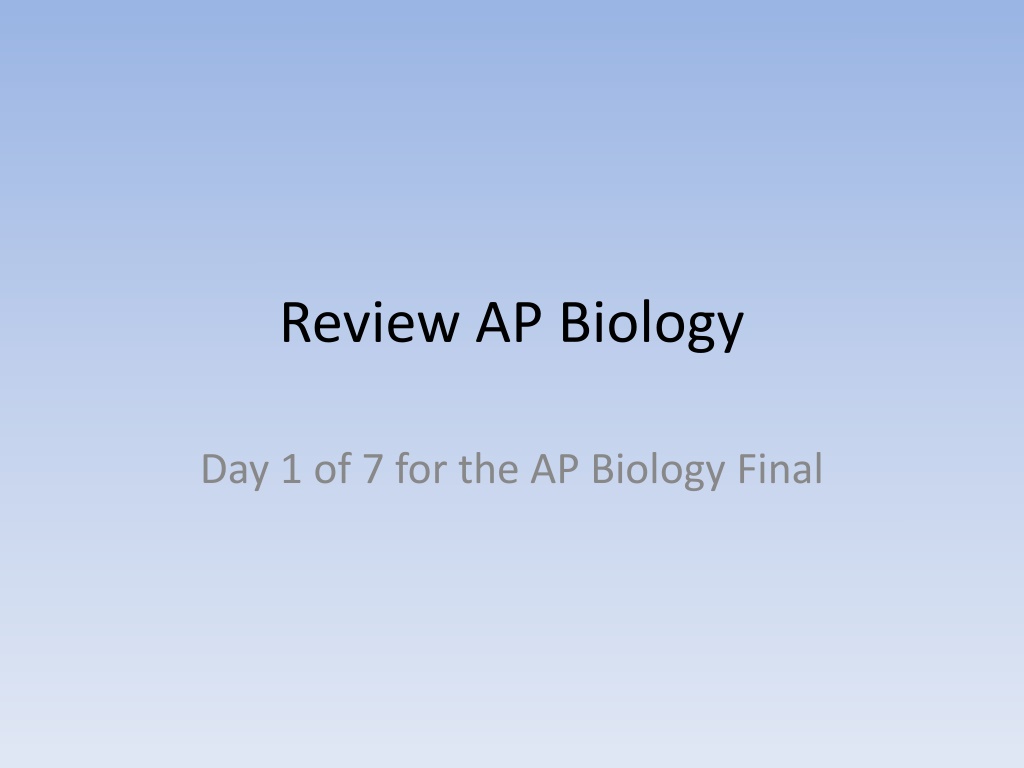



![❤[READ]❤ Cosmic Biology: How Life Could Evolve on Other Worlds (Springer Praxis](/thumb/21556/read-cosmic-biology-how-life-could-evolve-on-other-worlds-springer-praxis.jpg)



